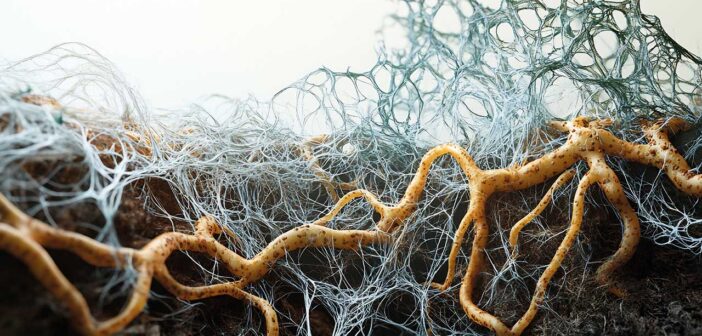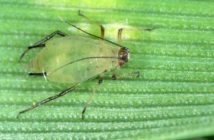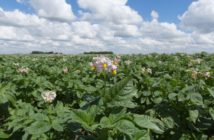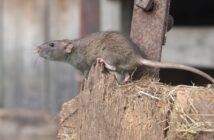Anyone who watched the BBC TV documentary Fungi. Web of Life was likely to be fascinated by the diversity of species, where they are found and their potential benefits.
Of a probable 3.8m fungal species, the vast majority are undiscovered, yet they are everywhere, including in and on us.
One fungus has been found to break down plastic in a matter of weeks, and arguably the largest living organism on our planet is a fungus. The Armillaria ostoyae, a species of honey mushroom in the Malheur National Forest, Oregon, spans 2,385 acres (3.7sq m) and is estimated to weigh between 7,500t and 35,000t.
Scientists are very much in the early stages of the journey to discover more, including their benefits in agriculture. DNA studies show there are thousands of different fungi in a single soil sample, many of them ‘dark taxa’ scientists know little about.
Fungi are of fascinating interest to Soil Association Exchange adviser Mark Palmer. A long-term advocate of regenerative farming, he says fungi are an essential element in a complex biological system required to sustain soils and, ultimately, crop production.
Fungi are very much part of the relationship between plants and soil. Glomeromycota mycorrhizal fungi form glomalin – the glue that helps keep soil together.
Glomalin wasn’t discovered until 1996, identified by USDA scientist Sara F Wright. Scientists are still debating whether glomalin is a sugar or a protein, but Mark isn’t that concerned either way – the importance is what it does for soil and plant health.
Fungi are driving soil health, not just by improving soil aggregates, but also by increasing organic matter through feeding the biology. Mycorrhizal fungi colonise plant roots in the search for sugars and liquid carbon.
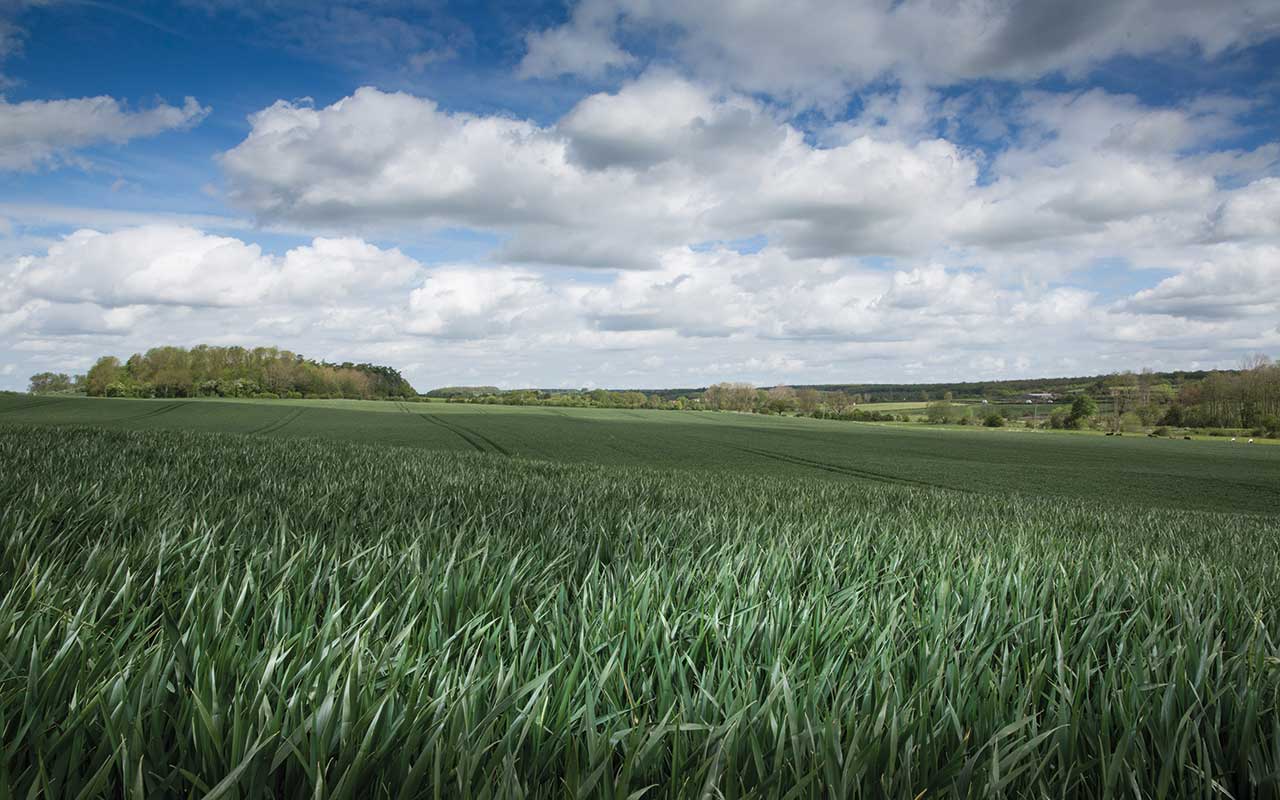
© Tim Scrivener
Fine hyphal networks
This ultimately improves plant health. The symbiotic relationship between plants and fungi means that in exchange for sugars that allow the fungi to develop hyphal networks, crops can scavenge more nutrients as a result.
These fine hyphal networks can access small soil pores, inaccessible to denser crop rooting systems.
“It’s photosynthesis in the leaf that produces sugars. Sugars go down into the roots and exude into the soil. This is where organic matter build comes from.”
Unfortunately, many of the practices being employed can harm this beneficial partnership, with sustained intensive practices changing fungi-rich soils to bacteria-rich ones.
Excessive tillage and synthetic soil nitrogen applications can ‘burn off’ up to 0.5% of organic matter annually. “Those growers applying more than 120kg N/ha of synthetic nitrogen to soils are not giving soils the chance to build and maintain organic matter. The problem isn’t so much the dose, but how it is applied.
“With total nitrogen typically being in the region of 220kg N/ha, the balance needs to be applied via other means. It is interesting that Aiva Fertiliser analysis shows no correlation between the amount of nitrogen applied and yield,” he notes.
Exposed, bare ground can also diminish organic matter. A wheat field at flowering might look very extensive when viewed from the ground, but from above, much of the ground is exposed.
“At that time of year, typically solar radiation is at its height, generating some 110W/m of energy a day. Yet 50% of the ground can be bare soil. If there is no green cover converting this sunlight into sugars to be exuded via the roots to feed fungi, the opportunity to add organic matter is lost.”
In an ideal world, Mark would like to see growers embrace an integrated approach to soils and long-term organic matter build-up. However, he accepts transitioning to the six principles of regenerative agriculture isn’t always practical.
Capture sunlight
If growers are to do one thing, it should be to capture as much sunlight as possible. That is why he is such an advocate of cover crops. Not only do they protect soils from the sun’s rays, but they also maintain the supply of those all-important sugars for fungi.
Adopting cover crops or living mulches into the system is one of the easier options, and when incorporated, it adds to the organic matter and nutrient diversity in soils.
The good news is that mycorrhizal fungi don’t need a vast reservoir of organic matter to thrive – they are quite happy once it gets above 2%.
For those who want to know the exact amount of fungi they have in their soils, Mark advises doing DNA soil profiling (PLFA test). It measures the life in soils, providing readings on soil bacteria, fungi and protozoa.
Even in soils with very low organic matter of less than 2%, other fungi forms will start the ball rolling. Melanistic fungi will help initiate the development of organic matter and then die off as it increases, leaving mycorrhizal fungi to continue the process.
Tracking progress
For those not keen on the expense of PLFA testing, there are numerous ways for growers to check for improving soil health. Visual evaluation of soil structure, worm counts or infiltration tests will suffice.
For crops, SAP tests are particularly useful, in his view. “They give data on nutrient translocation from the previous leaf to the new one. Rather than establishing what is available to the plant, it gives you a real-time picture of what is where.”
Ultimately, providing growers can see that soil organic matter is increasing, the direction of travel is right. “Organic matter is so many things. A leaf, a worm or the cast it leaves behind – all are organic matter. As long as it is increasing, it is a positive sign.”

